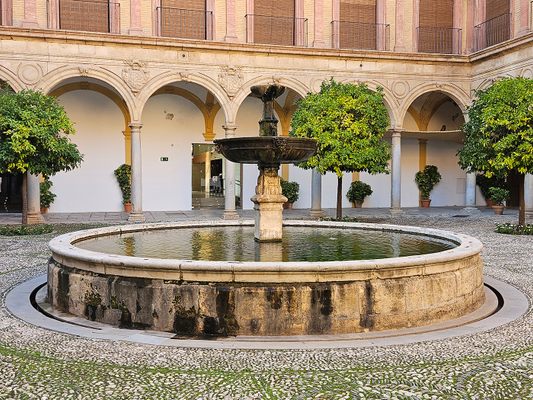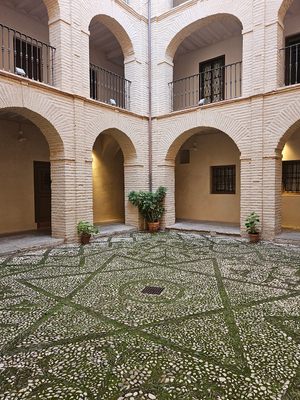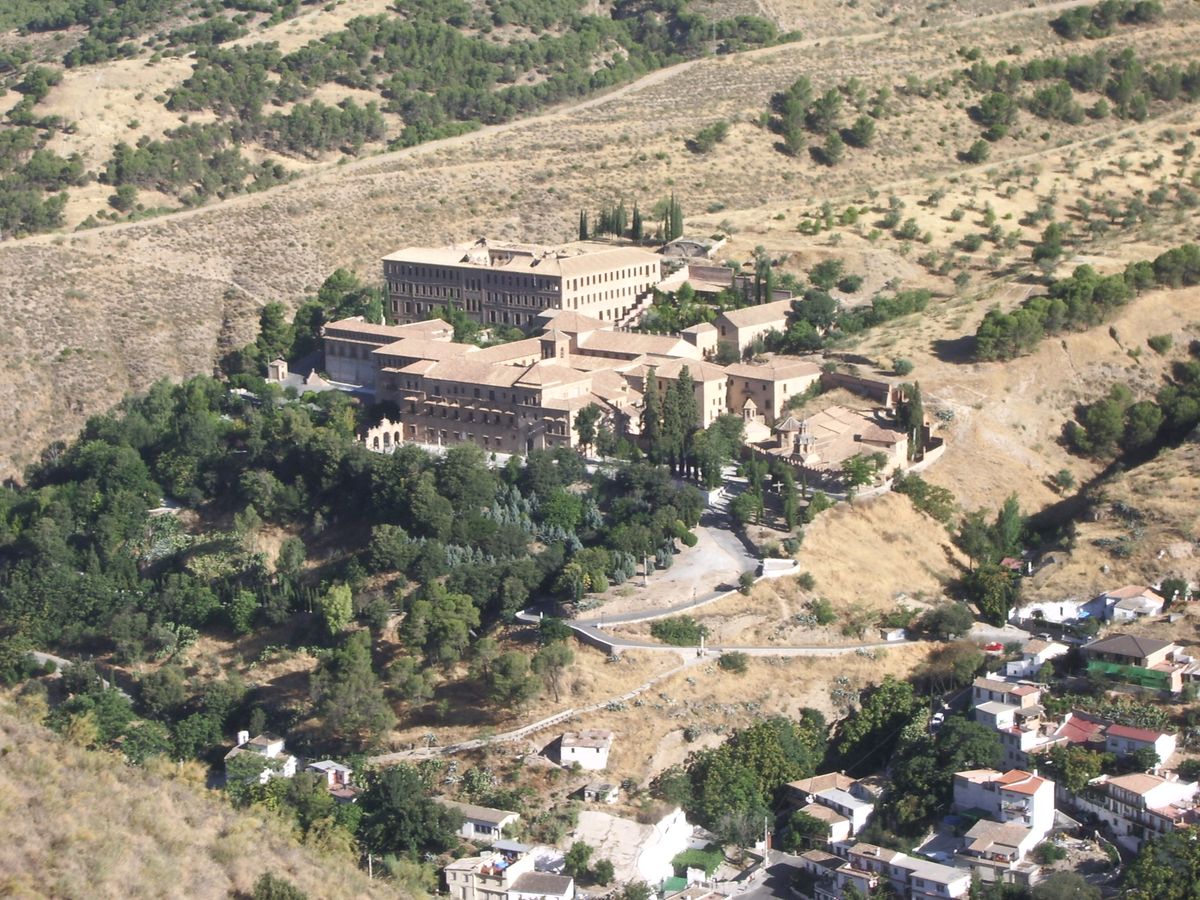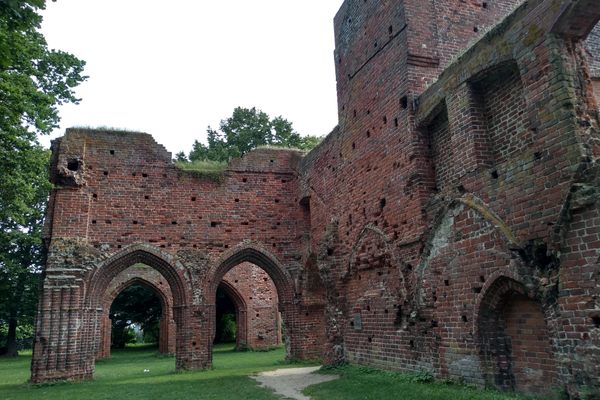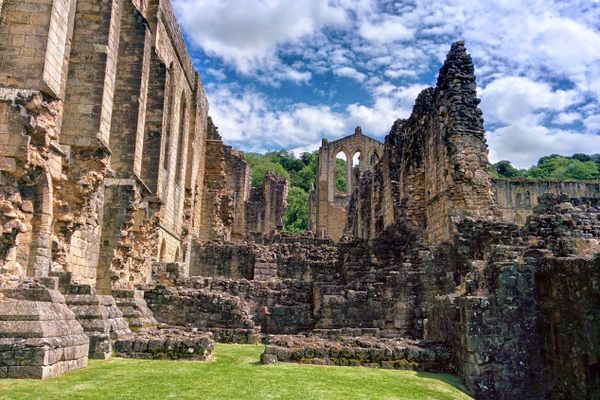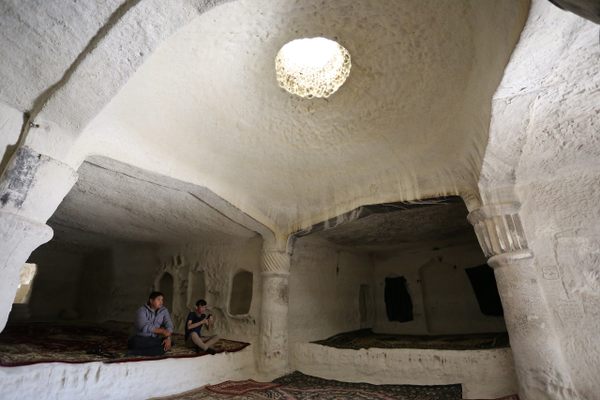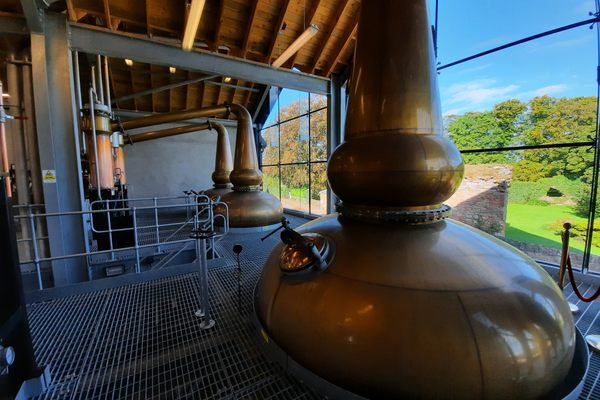About
Between 1594 and 1606, people discovered Roman-era underground ovens in the hills to the west of Granada, Spain. Within one of these underground ovens, people found a set of “lead books” (libros plúmbeos) consisting of sheets of lead with Arabic, Hebrew, and Latin text as well as many mystical symbols, all of which were bound together with wire. These lead books described the Arabic origins of Christianity in Spain and tried to reconcile the cultural differences among the various people who lived in the country before the Reconquista.
The people who discovered the books also found the remains of multiple individuals within the caves, and the lead books indicated that three of the deceased people were St. Cecilius (San Cicilio) and two of his companions. St. Cecilius had been bishop of the Roman city located at the site of modern-day Granada, and he and his companions had been martyred during the persecution of Christians under Emperor Nero.
These discoveries made the location into a pilgrimage site, and eventually, an abbey was built at the caves’ location. Most of the current complex dates to the seventeenth century and features multiple structures including a large collegiate church, several courtyards including a large central cloister, and an entrance to the holy caves underneath. The caves contain multiple chambers, some of which function as chapels and one of which is the site where St. Cecilius’s remains were found. Six-pointed stars, which appeared very prominently in the lead books, also appear as a very common motif in the architecture around the complex.
The abbey has undergone many changes over the years and now also functions in part as a museum. Several rooms have been devoted to describing the history of the abbey, and one of the courtyards features multiple sculptures by the modern artist Venancio Blanco depicting many religious figures and scenes, including the Last Supper and Jesus on the cross.
In the centuries since their discovered, the Lead Books of Sacramonte, as they have come to be known, have attracted a lot of curiosity and controversy. Many scholars have debated whether the books were authentic or forgeries. In 1682, they were officially declared to be heretical. Even so, the Sacromonte Abbey, which currently houses the books, still functions as a place of worship and still attracts many visitors who want to learn about the history of Christianity in Granada.
Related Tags
Know Before You Go
The Sacramonte Abbey is located to the east of the center of Granada and can be reached via the Camino del Sacromonte. Drivers can reach the abbey from the center of Granada in about 15 minutes, while pedestrians can walk the distance in 45 minutes. Buses also regularly travel from Plaza de Santa Ana to the area downslope from the abbey.
The abbey is open for general visitors every day from mid-morning to the early evening, although it closes mid-afternoon. The exact hours differ between the winter and summer months; see the website for additional details. An admission fee is charged to enter the complex. Visitors are asked to dress and act respectfully, and photography of the art and of several specific locations (including the museum and the caves) is restricted. Note that, while much of the complex is wheelchair accessible, the caves are not.
Also, as indicated above, the abbey still operates as a church. Mass is scheduled on Sundays and holidays at noon, and pilgrimages to the caves are scheduled every month, with additional details on the abbey’s website.
Published
January 2, 2025
Sources
- https://flamencocasaana.com/la-alhambra-de-granada-un-viaje-a-traves-de-la-historia-y-la-belleza/
- https://www.ancient-origins.net/artifacts-ancient-writings/lead-books-sacromonte-0019760
- https://www.thearchaeologist.org/blog/the-lead-books-of-sacromonte-a-historical-enigma-unearthed
- https://www.uva.nl/en/shared-content/faculteiten/en/faculteit-der-geesteswetenschappen/news/2024/01/nieuw-boek-the-lead-books-of-the-sacromonte-and-the-parchment-of-the-torre-turpiana-granada-1588-1606.html
- https://granadaweb.uk/sacromonte-abbey-granada/
- https://abadiasacromonte.org/que-ver-en-la-abadia
- https://abadiasacromonte.org/historia-de-la-abadia
